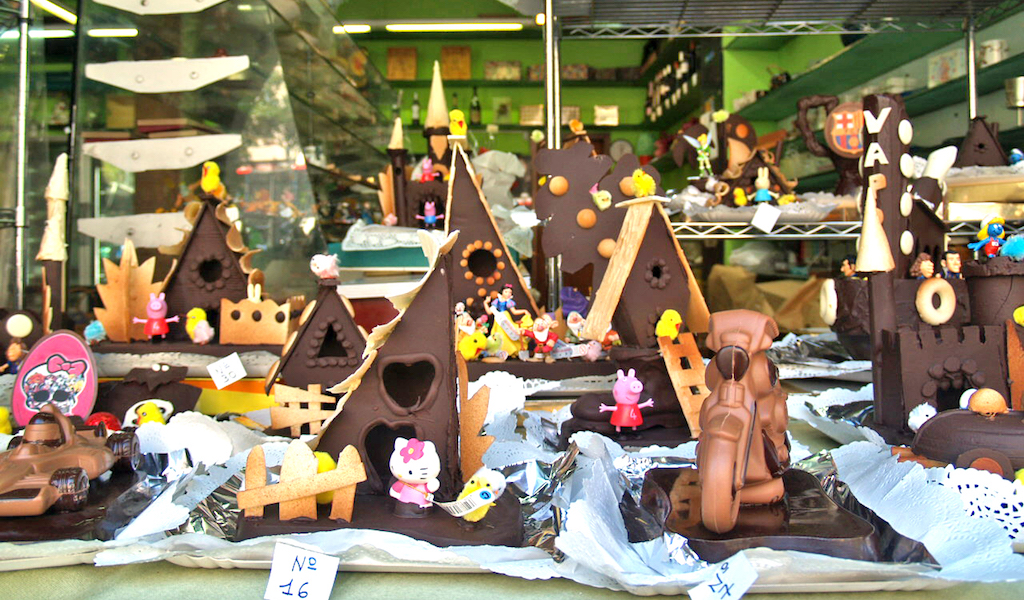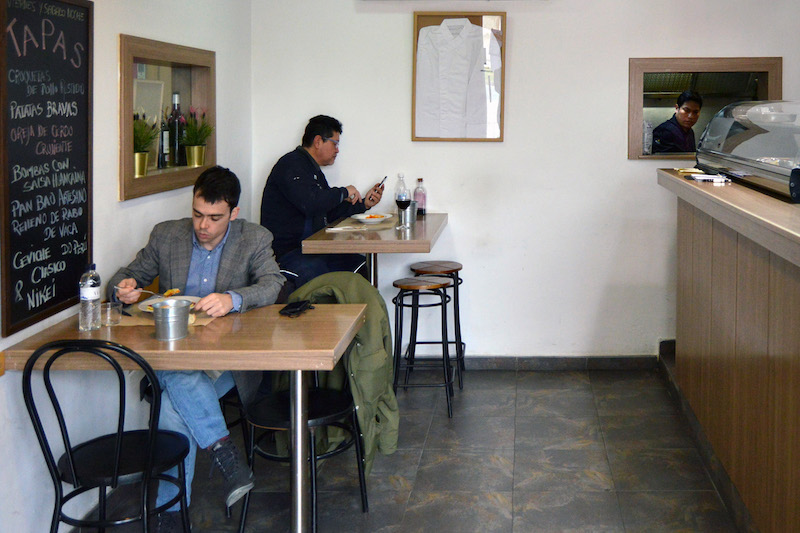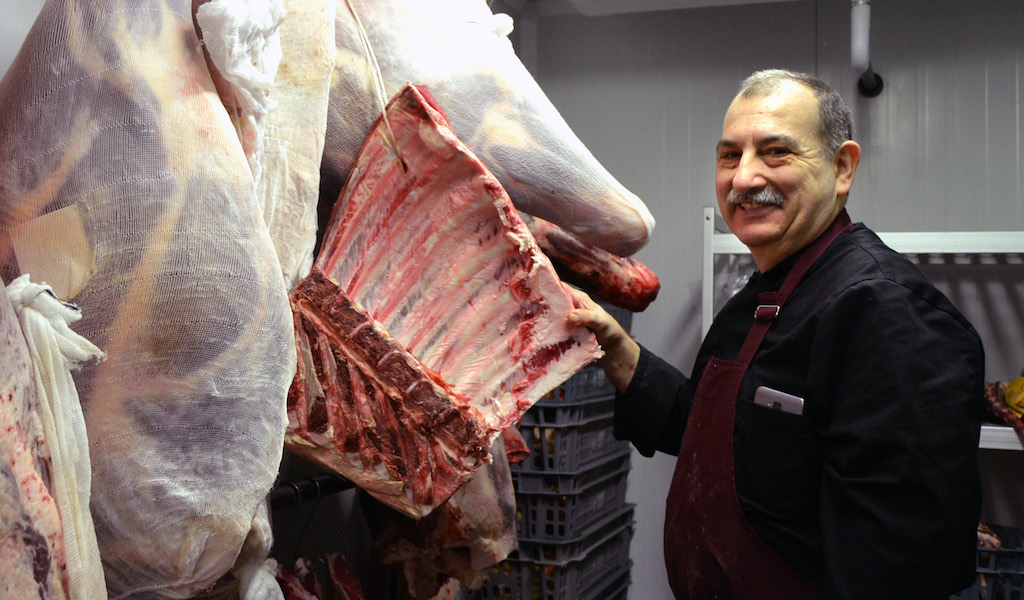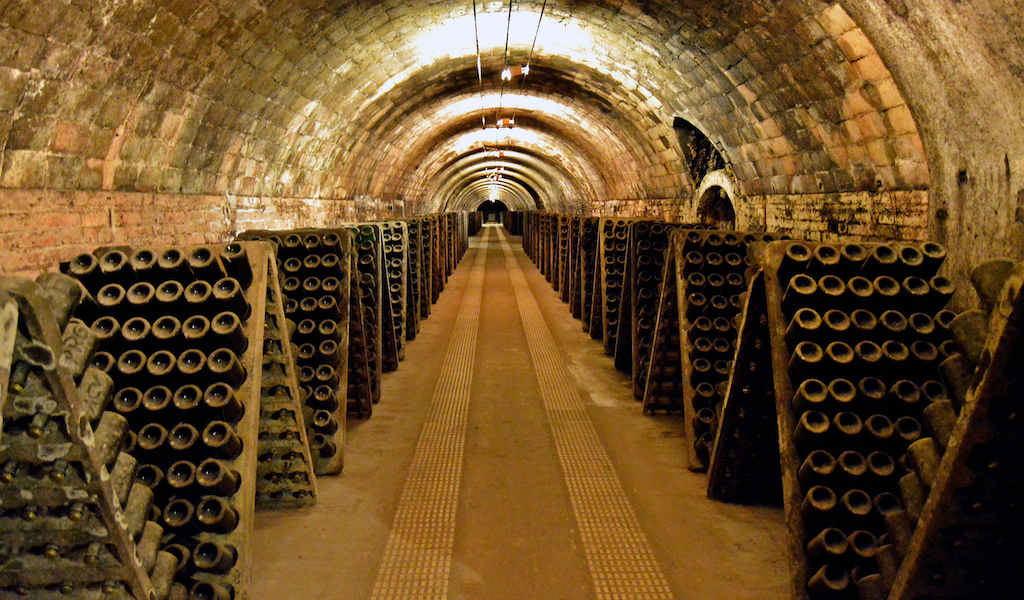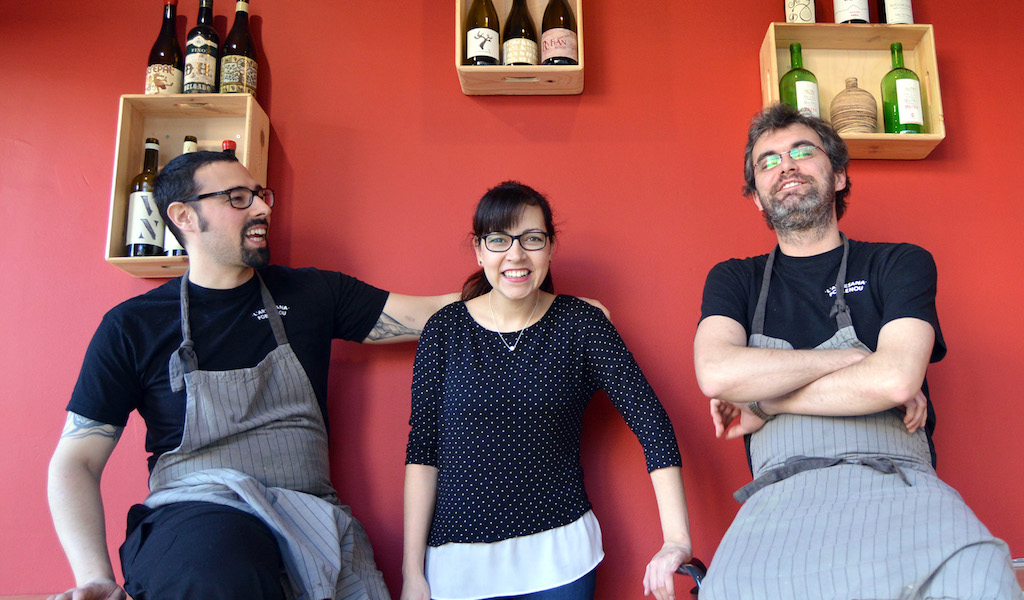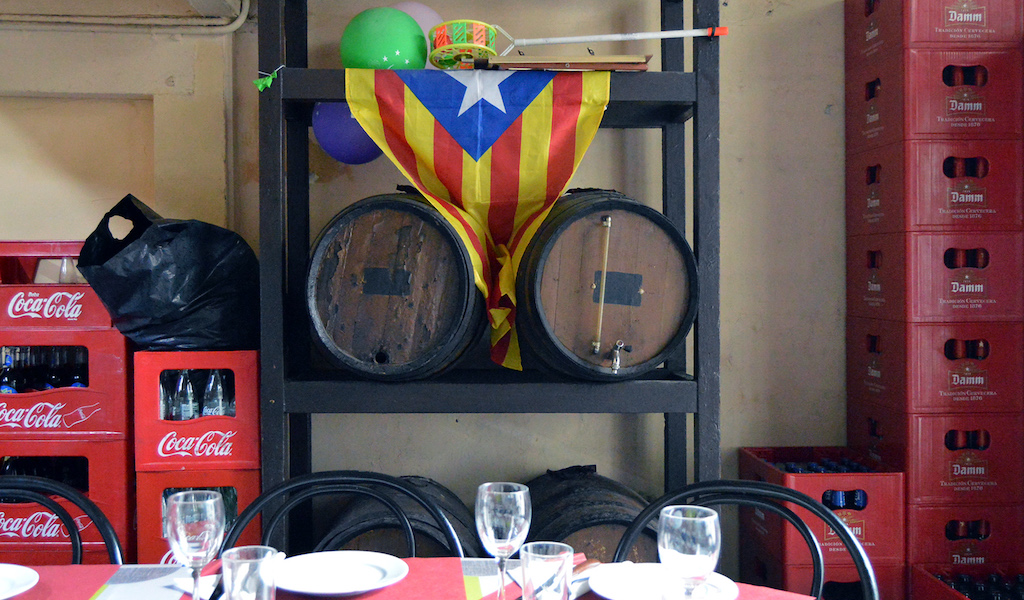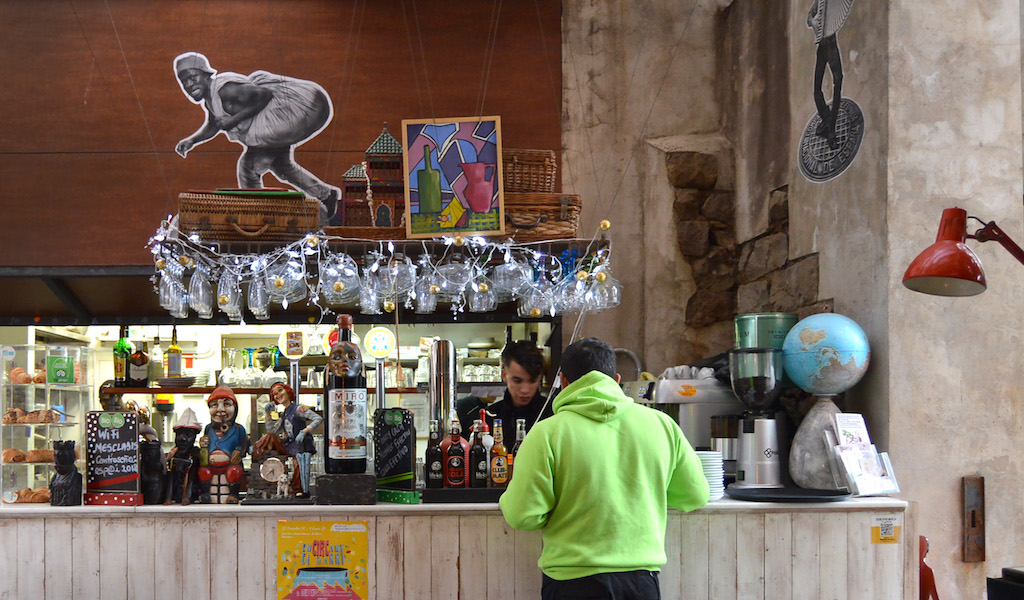We can't find the internet
Attempting to reconnect
Something went wrong!
Hang in there while we get back on track
Search results for "Paula Mourenza"
Barcelona
Chocolate Wonderland in Barcelona
In the weeks leading up to Easter, the best confectioners in Barcelona erect astonishing and fantastical chocolate constructions, called monas de Pascua, and display them in shop windows. For some lucky children, these chocolate sculptures will be gifted to them by their godparents on Easter Sunday.
Read moreBarcelona
El Practic: The Itinerant Gourmet
El Practic doesn’t look like much at first glance. The small restaurant is sparsely decorated and populated by a few naked tables. Its location – in front of two massive buildings under construction in Cornellá de Llobregat, an industry-heavy municipality on the southwestern periphery of the Barcelona metropolitan area – is not where many people would choose to set up a restaurant. But chef Andrés Huarcaya was certain people would come. “I’ve worked in so many places,” he said, “and one day it hit me that if you do good work – this is the key – then people will come. On this street, nobody passes by at night. And yet we are always packed on Fridays and Saturdays – totally packed!”
Read moreBarcelona
Pirineu en Boca: Straight From the Mountains
There are many legends and myths surrounding the Pyrenees. Some claim that the divine hero Hercules created the mountains by piling up rocks as a tomb for his love Pyrene, who had died in one of the area’s forests after being bitten by a snake. While a romantic story, the Pyrenees are much more than a mausoleum and a symbol of mythic love – they are also the birthplace of Basque culture and a disputed border between Spain and France, a place crisscrossed by Roman roads and sprinkled with Roman architecture, a key point in the Camino de Santiago (Way of Saint James) and a legendary land for the Catalans.
Read moreBarcelona
Cava: A Toast to Spain's All-Day Sparkler
Cava, the Spanish sparkling wine, is an indispensable part of celebrations in Barcelona – though we’re happy to find other reasons to raise a glass of the stuff any day of the week (particularly on a dreary Monday). It’s produced using the same méthode traditionnelle that is used for French champagne: after the base wine is fermented from the pressing, it’s bottled, usually with a mixture of sugar and yeast, to undergo a second fermentation to produce that ebullient fizz.
Read moreBarcelona
L’Artesana: Workers’ Delight
Years ago, when it was a booming industrial center, Poblenou saw thousands of workers stream in every day to toil away at one of several factories in the neighborhood. Hearty fare was required to keep them going – sure, taste mattered, but sustenance was the most pressing concern. Poblenou may no longer be filled with factories, but there are still plenty of people who spend their weekdays in the area, working at one of the many start-ups, tech companies or communications firms that have set up shop in their place. When it comes to lunch, these 21st-century workers want the same thing that those who came before them did: lunches that fill their stomachs and satisfy their taste buds without leaving a big hole in their pockets.
Read moreBarcelona
Barcelona: State of the Stomach
In 1977, just two years after the death of Franco, the great Catalan gourmet Manuel Vázquez Montalbán published a book titled L’art de manjar en Catalunya (The Art of Eating in Catalonia). The book, as well as the prologue written by Montalbán’s mentor Néstor Luján, rang the alarm bells, claiming that authentic Catalan cuisine was in grave danger and on the brink of disappearance. As Montalbán saw it, the unique Catalan culinary identity has been reduced to a few ubiquitous dishes: pan a la Catalan (bread with tomato pulp and ham) and rabbit with aioli. This demise was due, in his opinion, to the frenzied pace of modern life, the lack of high-quality ingredients, the ignorance of both restaurateurs and tourists regarding what good cuisine, not to mention true Catalan cooking, looks and tastes like and, of course, the Franco regime’s efforts at suppressing regional identities.
Read moreBarcelona
Espai Mescladís: Barcelona, Open City
The entryway of Espai Mescladís is jam-packed with people: neighbors, workers and visitors who come and go all day long, and waiters walking from the kitchen to the tables on the terrace. But there are also dozens of people staring out from black and white photos that cover the restaurant’s walls; some are alone, others in couples, families or groups, smiling and laughing. All the people pictured at one point emigrated to Barcelona, and whether they’re still living in the city or have moved elsewhere, their stories are always present at Espai Mescladís. The photos, taken by the photographer Joan Tomás, were originally part of an exhibition organized by the Mescladís Foundation, a multifaceted initiative that provides tangible and sustainable economic programs, particularly in the form of job training, for migrants and refugees in the city.
Read more